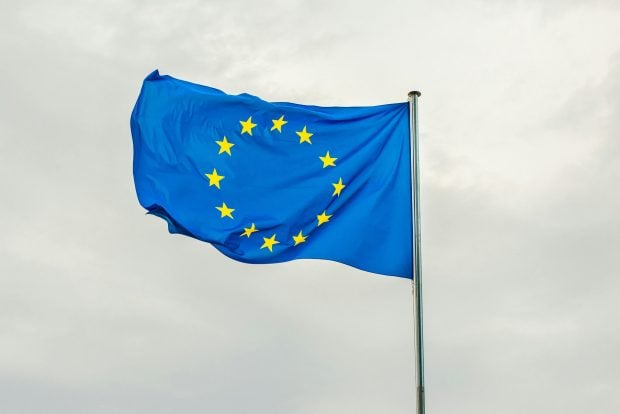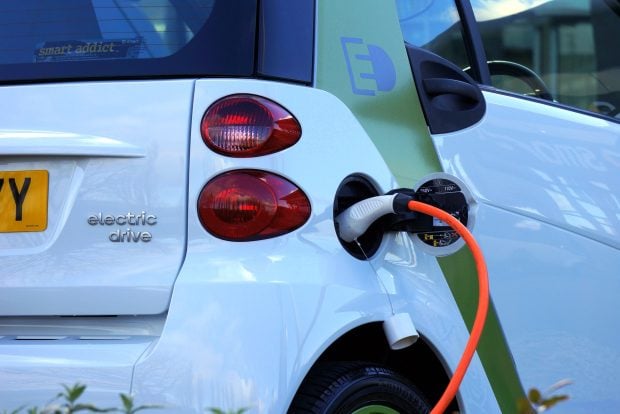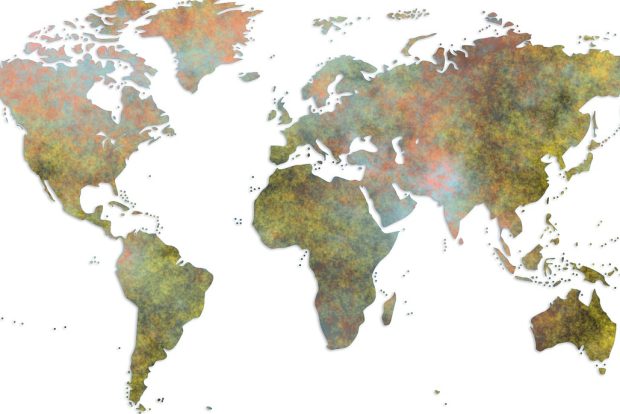EU ‘on course to achieve 2030 emissions target’

The European Union is “well on track” to meet its target of reducing greenhouse gas emissions by 55% by the end of the decade.
The European Commission’s assessment of National Energy and Climate Plans (NECPs) show that the EU is on course to reduce net greenhouse gas emissions by around 54% by 2030, compared to 1990 levels, as long as member states fully implement planned national measures and EU policies.
The assessment also finds that the EU is likely to reach its target for renewable energy to account for 42.5% of the EU’s overall energy consumption by 2030.
The targets were set in 2023 and aim to help enable the EU to become the first ‘climate-neutral’ – net zero – continent by 2050.
Wopke Hoekstra, commissioner for climate, net zero and clean growth said the NECPs show the EU is “well on track to achieve its 2030 emission target. Emissions are down 37% since 1990, while the economy has grown nearly 70% – proving climate action and growth go hand in hand.
“Now we must build on this momentum. Investing in clean technologies and innovation is essential for industrial competitiveness and opens new markets for EU companies. Our commitment to the clean transition gives investors clarity and strengthens Europe’s resilience and prosperity. This is a decisive moment – every sector in every member state must contribute to delivery.”
Teresa Ribera, executive vice-president for clean, just and competitive transition, added that Europe is “proving that reliable and predictable science-based targets and adequate regulation deliver” and that the NEPCs demonstrate that the green agenda “is not just a target but a way to modernise our economies and to bet on industrial innovation”.
“Competitiveness, security, wealth creation and inclusiveness depend on our capacities to move forward a consistent and comprehensive political action plan,” she said.
Read more: Global temperatures set to breach 1.5°C threshold over next five years, UN says
Work to close the gaps – and possible watering down of 2040 target
In their NECPs, EU member states are required to outline how they intend to meet the EU’s climate and energy targets. Countries submitted plans in late 2023 and again in summer 2024.
The latest assessment of NECPs covers 23 of the 27 EU countries. Three are yet to submit their final plans, and Slovakia’s plan is currently being assessed, having been submitted in April.
The Commission called on the member states who have yet to submit their final plans – Belgium, Estonia and Poland – “to do so without delay”, and said that it would “intensify work with member states to close the remaining gaps” and to implement additional guidance.
EU officials are currently deciding whether to water down the bloc’s goal to cut greenhouse gas emissions by 90% of 1990 levels by 2040 following backlash from governments.
They are understood to be assessing options including setting a lower target for domestic industries, and using international carbon credits to make up the gap to 90% – though the EU’s independent science advisers have warned against this approach, which they said risked diverting funds away from investments in European industries and infrastructure.
A study by the World Resources Institute, published in April, found that collective global efforts “fall far short” of what is needed to limit global warming to 1.5°C of pre-industrial levels, and that the world’s six top emitters – including the EU – must step up if the goals of the Paris Agreement are to be reached.
The World Meterological Organization – the UN’s weather and climate agency – reported last week that there is a 70% chance that the 5-year average warming for 2025-2029 will exceed the 1.5°C global warming limit set under the Paris Agreement.
Read more: Paris Agreement goals out of reach unless top emitters step up, study warns























